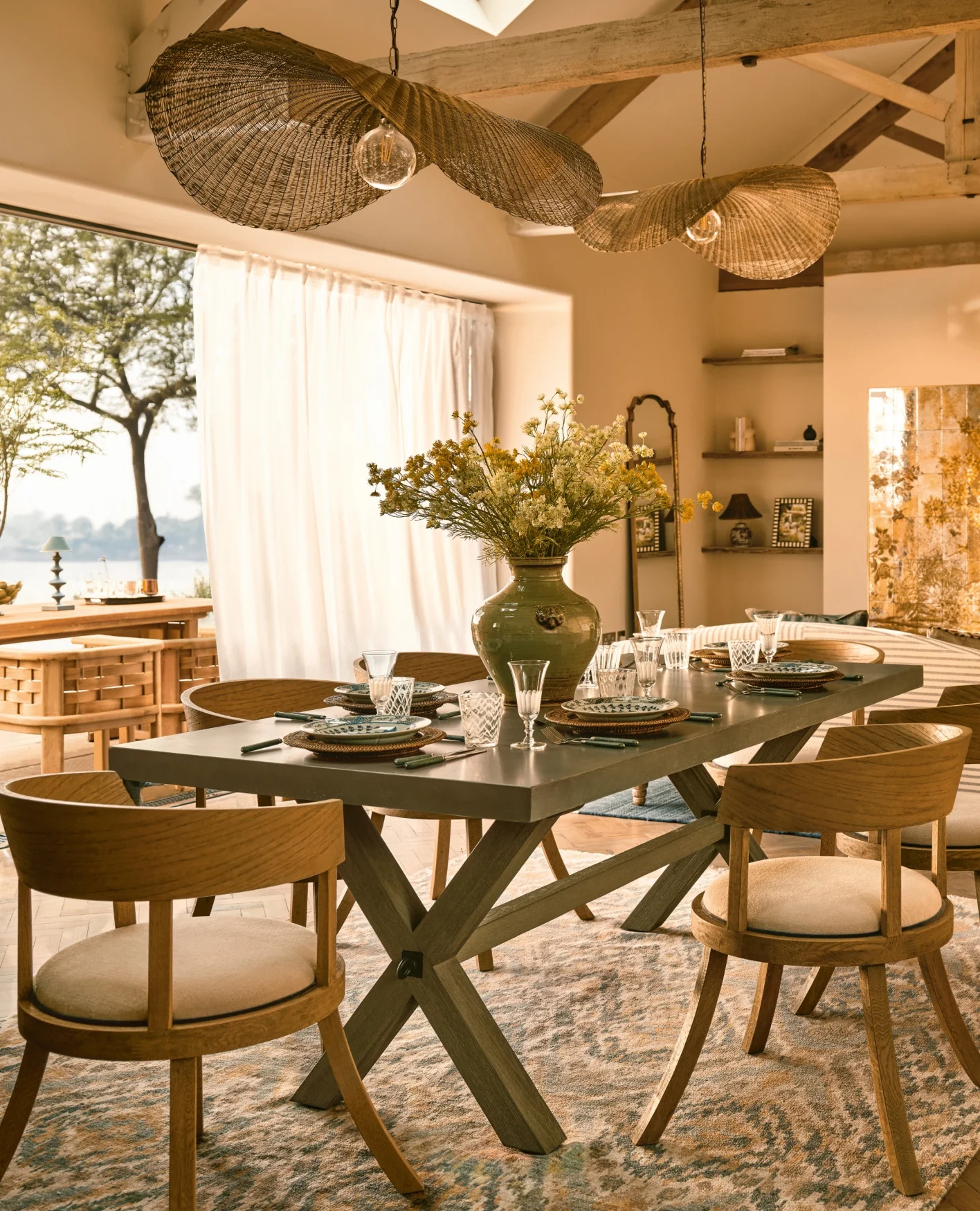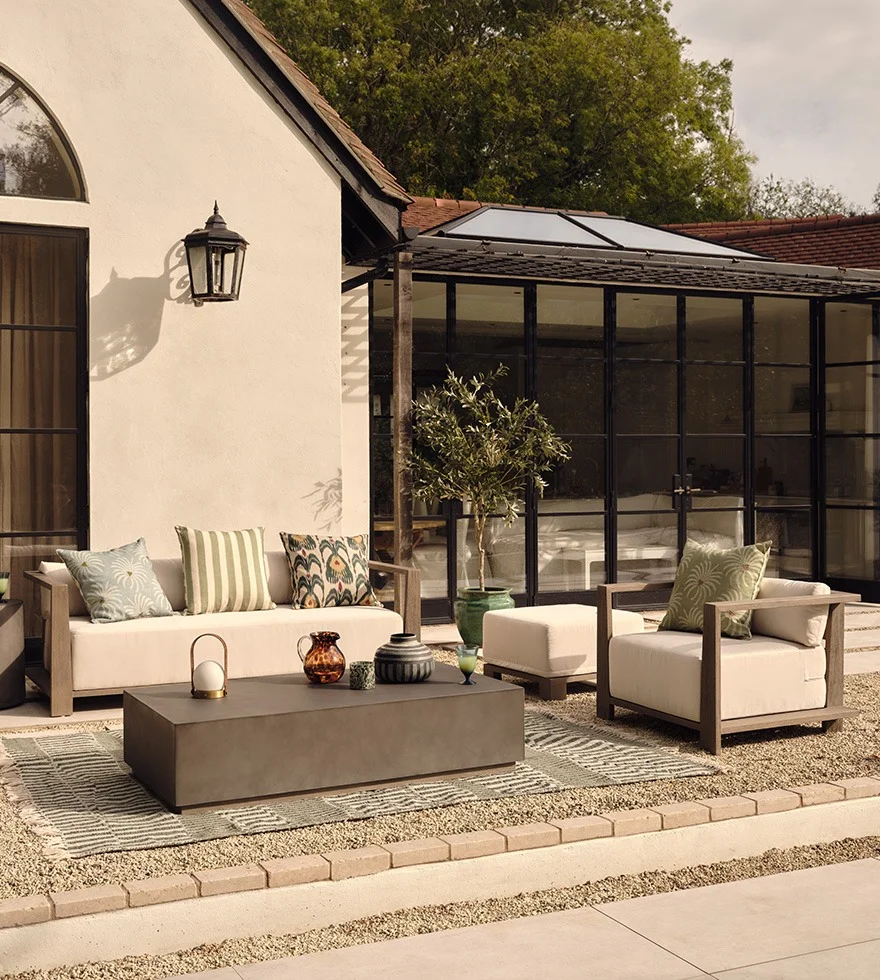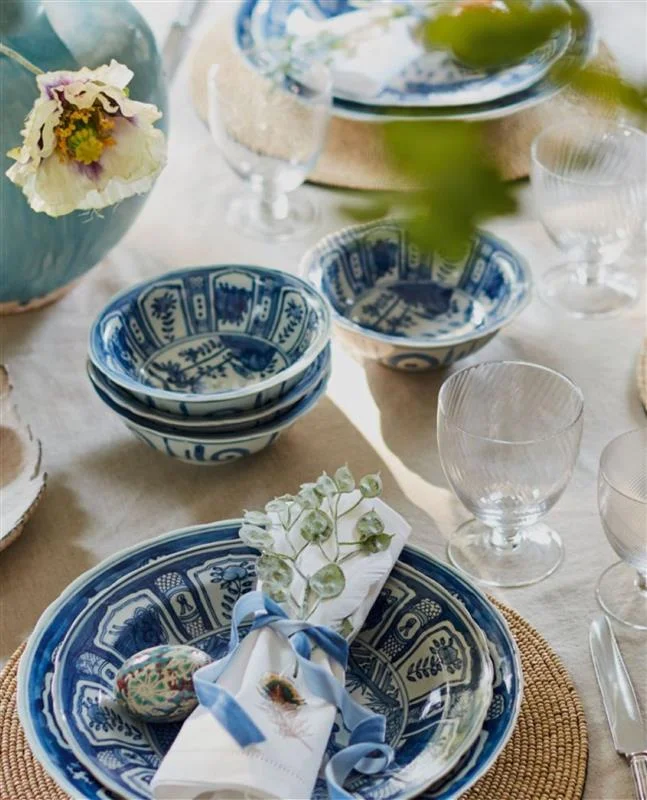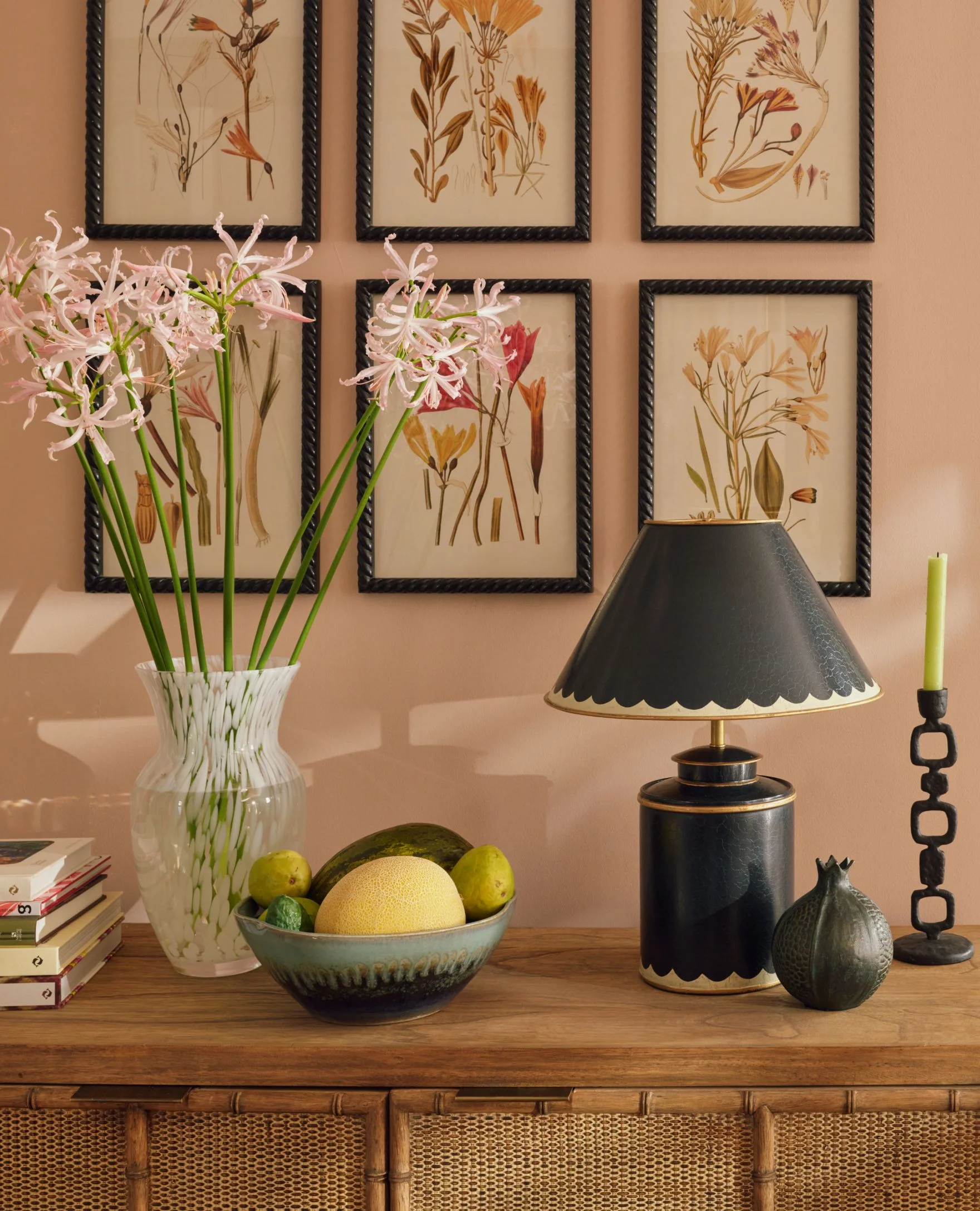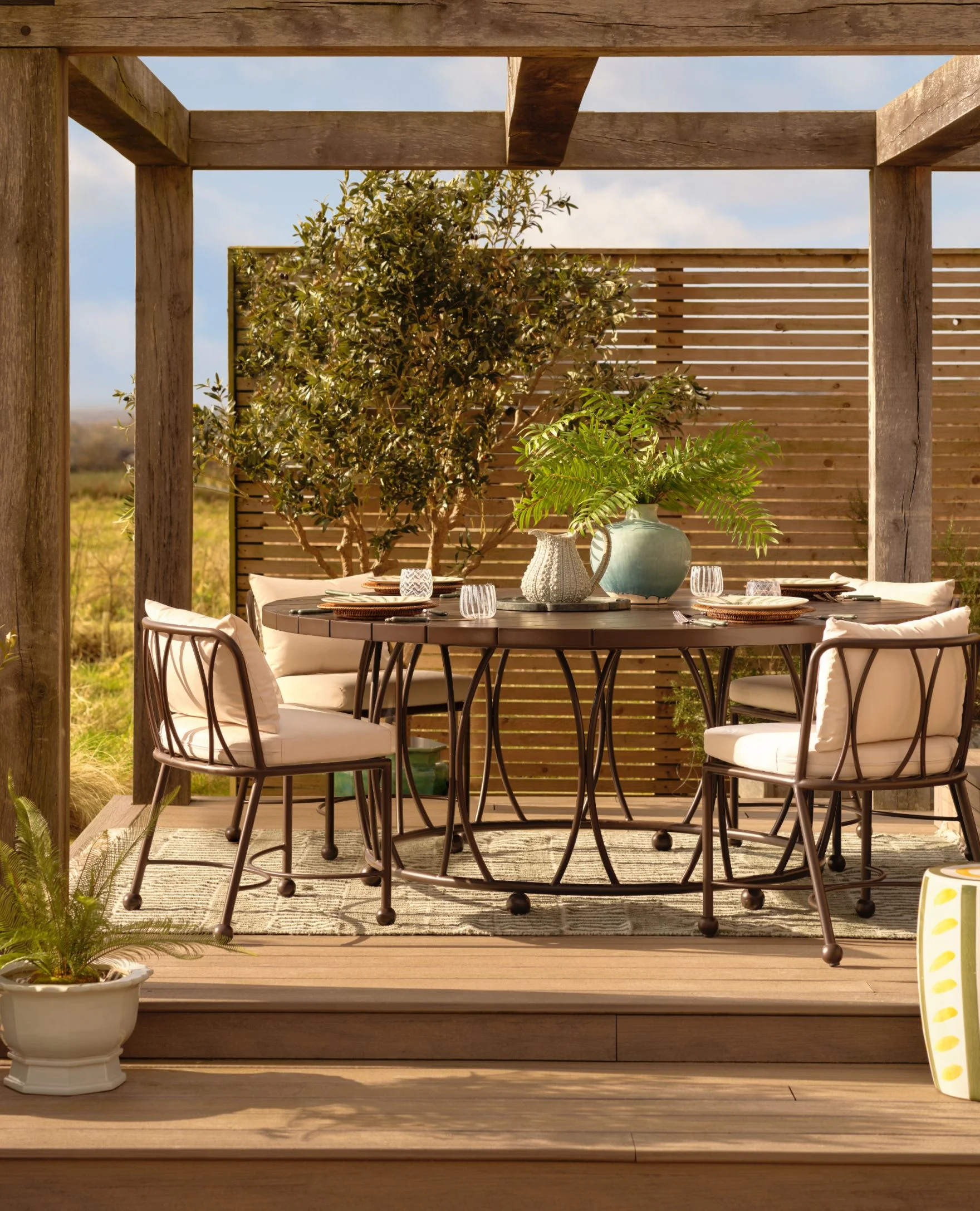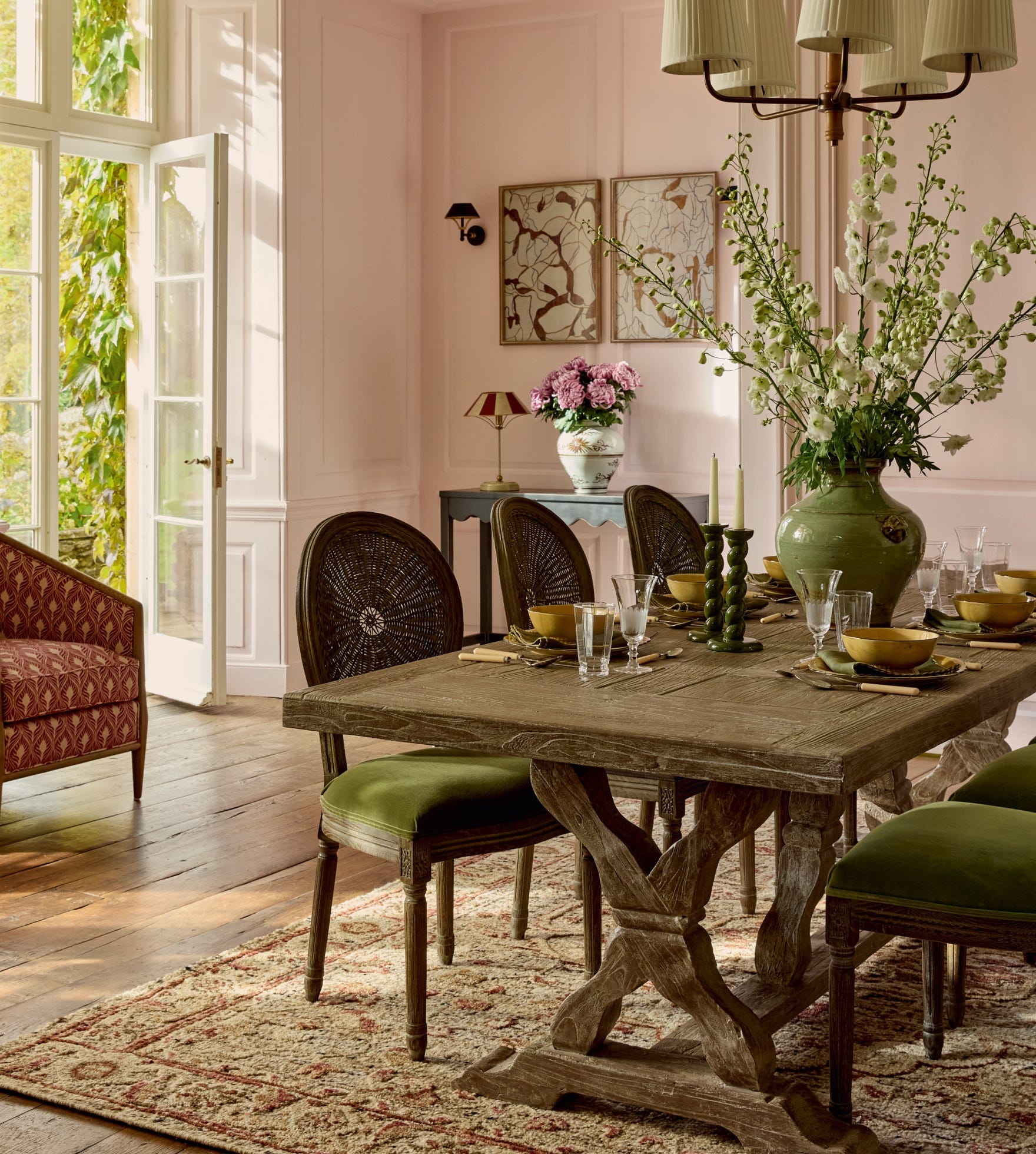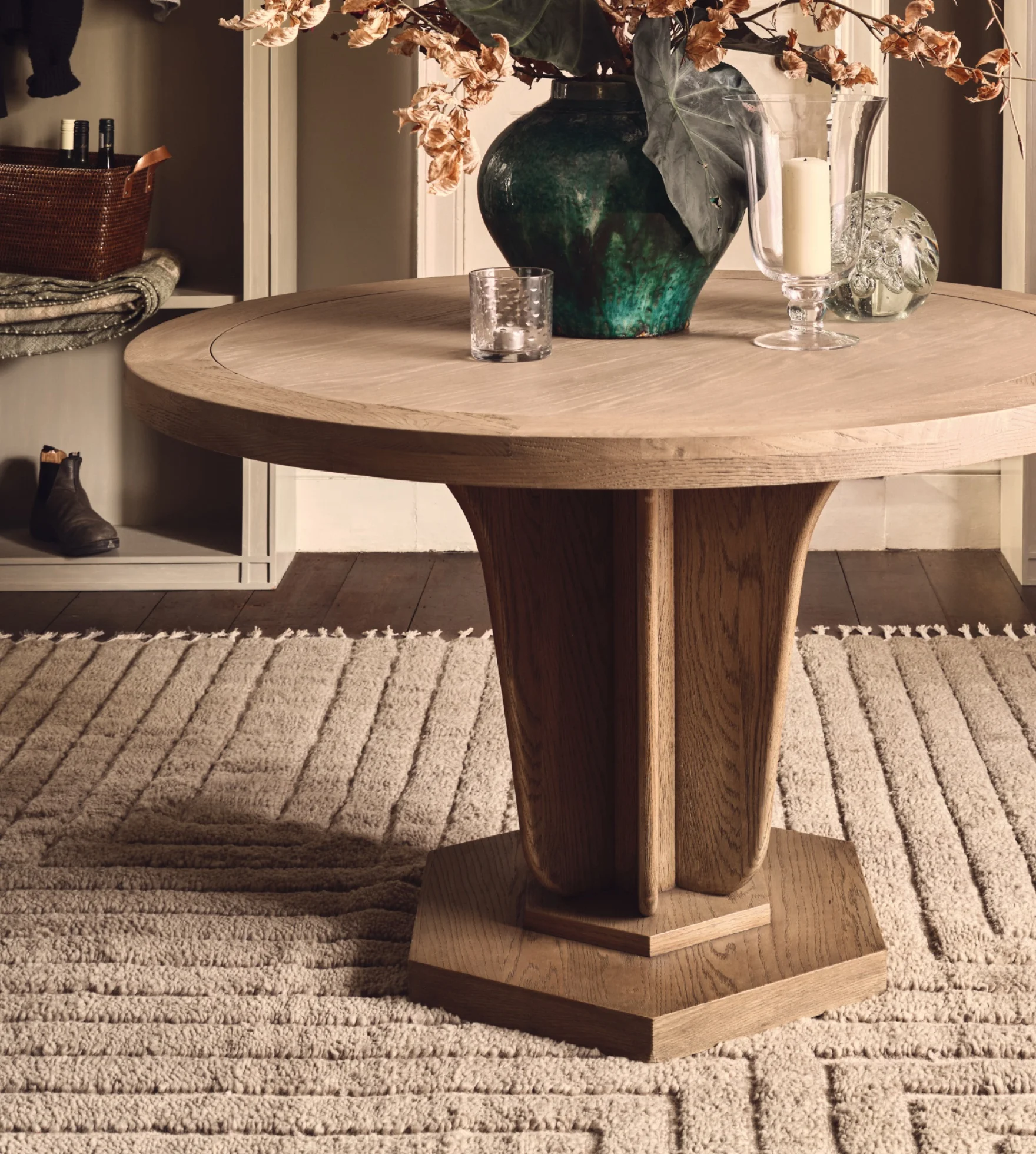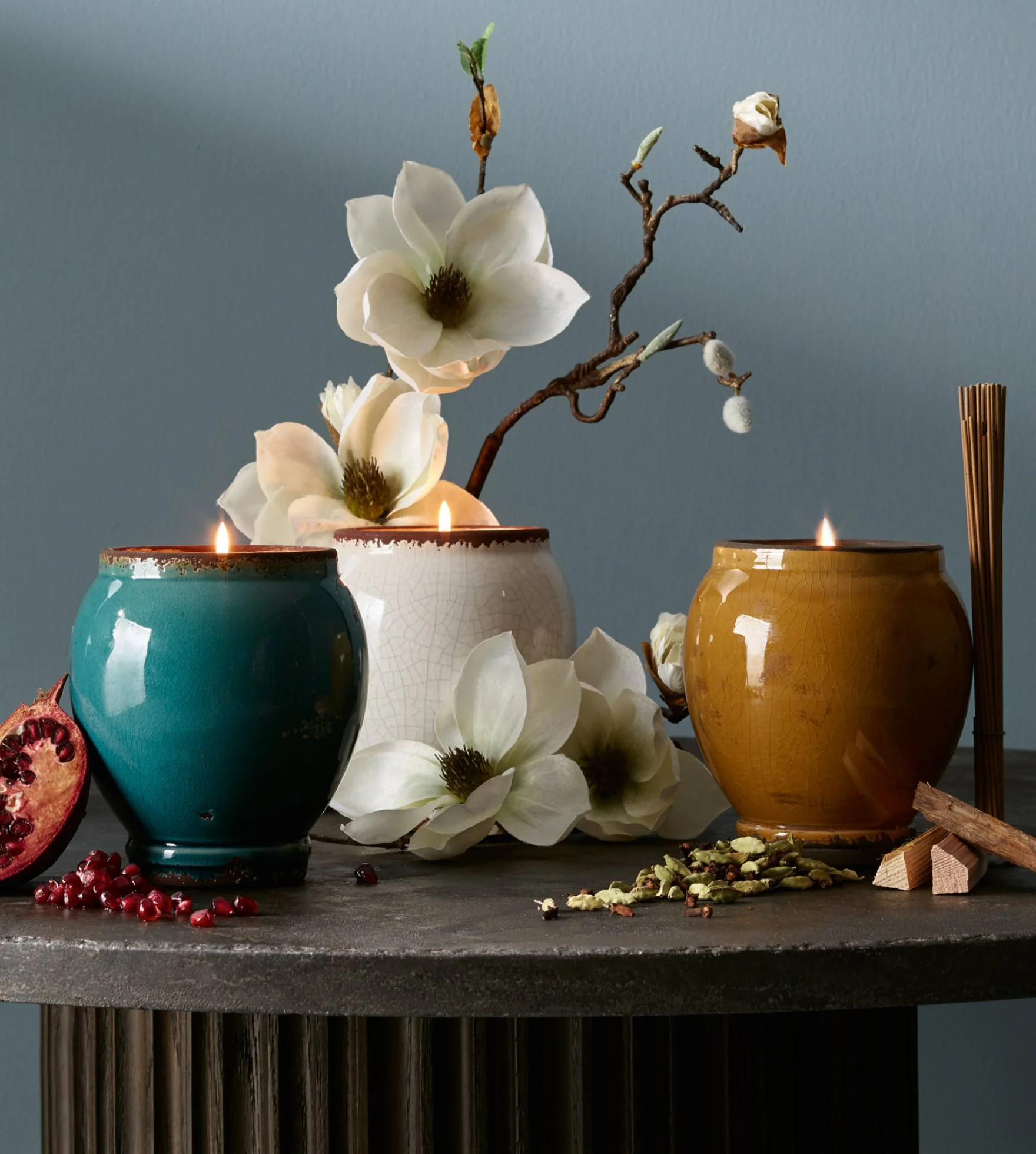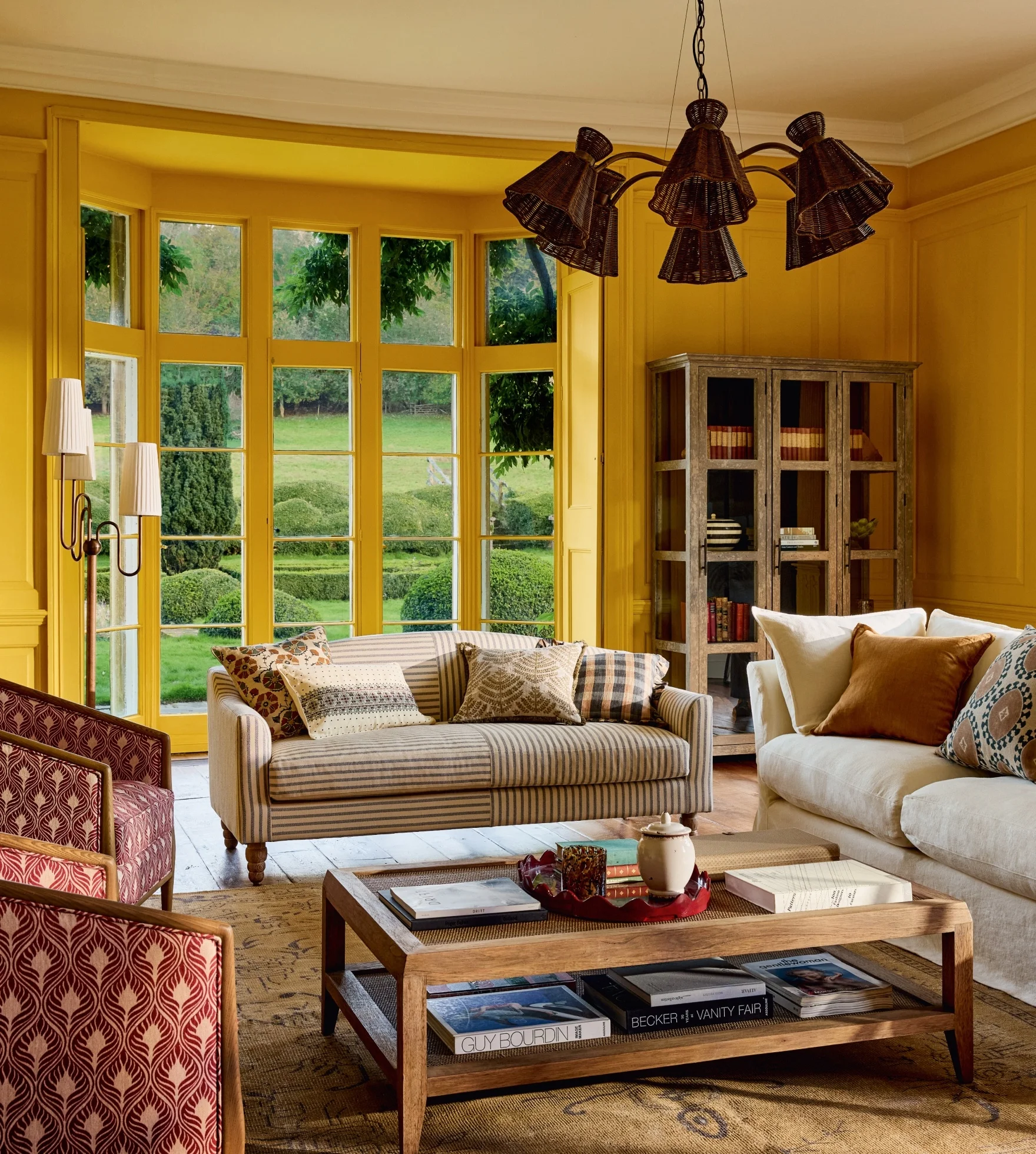Advice
-
Posted: 29 April 2025Categories: Advice
How to Bring the Outside In
Read moreFrom green hues and leafy patterns to natural materials and hybrid furniture, incorporate biophilic design into your home to connect to nature.
-
Posted: 11 April 2025Categories: Advice
Six Garden Patio Ideas for Small Outdoor Spaces
Read moreIs your terrace in need of an update? Follow our lead for simple updates that maximise on space and style.
-
Posted: 10 April 2025Categories: Advice
Easter Entertaining with OKA’s Sue Jones
Read moreFrom pretty painted Easter eggs to dazzling glassware, shop everything you need for memorable Easter entertaining.
-
Posted: 31 March 2025Categories: Advice
Spring Decorating Tips: Easy Ways to Refresh Your Home
Read moreSpring has sprung, and if you’re already throwing open your windows and giving your home a thorough spring clean, the chances are you’re also turning your thoughts to refreshing your home decor to draw a line under winter.
-
Posted: 31 March 2025Categories: Advice
Stylish Outdoor Dining Ideas for Al Fresco Feasting
Read moreSunshine is on its way, and with it comes plentiful opportunities to soak up its glorious rays.
-
Posted: 10 March 2025Categories: Advice
Hostingcore: Seven Steps To Welcoming Guests
Read moreHostingcore takes the age-old art of making guests feel welcome in your home and does it in an aesthetically pleasing way.
-
Posted: 05 March 2025Categories: Advice
OKA x B-Corp: Prioritising People and Planet
Read moreAs a certified B-corp, OKA is all about nurturing collaborations with skilled artisans who create pieces that rise above trends and are built to last.
-
Posted: 04 March 2025Categories: Advice
A Journey in Scent: Introducing our Odyssey Candle Collection
Read moreFollow in the footsteps of OKA’s founders with our Odyssey candle collection, a beautifully scented journey from West to East.
-
Posted: 19 February 2025Categories: Advice
Get the Look: Classic Beauty
Read moreTrue to our signature aesthetic, this look brings together the finest English eclectic style, with timeless pieces that showcase quality craftsmanship and traditional motifs. Start with hand-crafted wooden furniture and weave in pretty prints, organic shapes and tactile textures to create this irresistibly elegant interior style.

